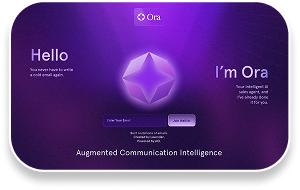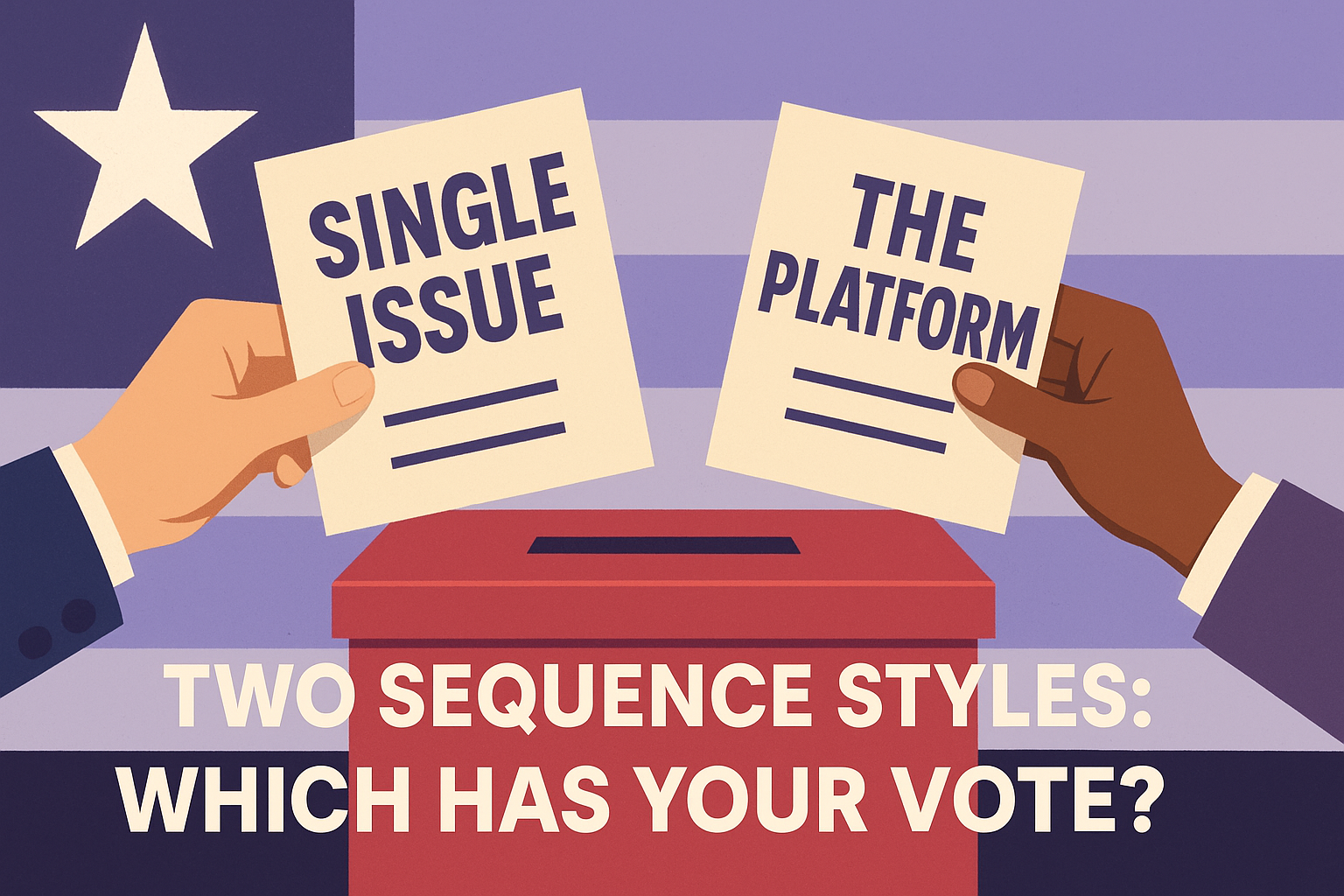13 Psychology Tools for Cold Email (Your Competitor Loves #3)
Given your cold email will likely be deleted in less than 5 seconds (thanks to... #1, #2, #5, #7, #8, and #10) it's worth digging in to understand how your message will be received. Psychology is the only true study that sellers can tap to understand how their buyers process information. Use it... or your competitors will.

Why Understanding How Buyers Think Is the Unlock to Better Cold Email
If you want to write cold emails that actually get read, you need to start with a simple truth:
Your recipient isn’t reading your message the way you wrote it. They read it through the lens of their own psychology.
Sellers love talking about personalization, messaging frameworks, value props, ICP, segmentation — all important. But none of it matters if you don’t understand the mental shortcuts, biases, and filters buyers use when they open their inbox.
Every cold email is competing with:
- an overloaded brain
- dozens of competing priorities
- aversion to risk
- instinctive pattern recognition that filters for “sales email”
- the desire to conserve time, energy, and attention
Once you understand their perspective, everything about messaging becomes clearer.
You write differently. You ask differently. You structure differently.
Cold outbound stops feeling like guesswork and starts feeling like psychology applied to language.
Below is a breakdown of 12 psychological principles (plus a bonus one) that show up in every cold email interaction. Think of these as the operating system behind effective outbound.
Let’s get into them.
13 Psychology Principles You Should Build Into Your Cold Emails
1. Cognitive Overload
Too much information = instant exit.
When the brain encounters more information than it can comfortably process, it taps out.
Buyers are busy, distracted, and moving fast. Dense emails, long intros, or multi-point requests create overload.
Application:
Trim your emails until they feel almost too simple.
Short sentences. Clear idea. Zero fluff.
The less they have to interpret, the more they’ll respond.
2. Heuristic Substitution
Hard questions get silently replaced with easy ones.
Your recipient doesn’t consciously evaluate everything you send.
If the “hard” question of your email is:
“Is this relevant and worth my time?”
The substituted “easy” question becomes:
“Does this look like something I already ignore?”
Application:
Look different.
Your email should visually feel like it’s worth reading.
3. Loss Aversion
We react more strongly to what we might lose than what we might gain.
Losses feel heavier than wins.
People move faster to avoid risk than to pursue upside.
Application:
Don’t threaten.
But highlight missed opportunities, slowdowns, gaps, or something their competition is doing that they aren't.
4. Reciprocity
Effort begets effort.
When your message shows clear, specific effort, people feel a small push to reciprocate.
Not because they owe you anything, but because humans like balance.
Application:
Use real research.
Not name-drops, not fake personalization — actual evidence you thought about them.
5. Cognitive Miser
The brain loves shortcuts.
Buyers assume things instantly.
If your email looks like generic outbound, their brain saves energy by skipping it.
Application:
Break the pattern.
A crisp opener or unique angle forces the receiver to reevaluate instead of auto-ignoring.
6. Confirmation Bias
People interpret new information through the lens of what they already believe.
Buyers want to put your email into a neat little box in their head. If they can quickly assign your product or service to a type this can be both good and bad. An example is that if someone thinks our agent, Ora, is *just* an AI SDR, they'll miss a ton of really important context. But, if they're in the market for an AI SDR, we're about to blow their doors off.
Application:
Signal that your message was crafted with care.
If you're easy to categorize - call out those core differentiators.
7. Ambiguity Aversion
Unclear → No action.
Clear → Action.
People avoid acting when they aren’t sure what something means.
Lack of clarity feels like risk.
Application:
Make your point concrete.
Your ask should be simple, direct, and easy to answer.
8. Friction Avoidance
The bigger the ask, the smaller the response.
When your ask requires work, coordination, or commitment, reply rates drop.
If you want them to engage, make the step microscopic.
Application:
Ask a tiny question.
Not a meeting. Not a call. Not “15 minutes.”
One small thing they can answer in 10 seconds.
9. The Von Restorff Effect
The thing that stands out is remembered.
Our brains tag “different” as meaningful.
One unexpected phrase or visual contrast captures attention far better than added detail.
Application:
Use one element that is distinct — a metaphor, a surprising sentence, a unique observation, a wonky word choice.
10. Attentional Bias
People only focus on what matches their current priorities.
Even if what you offer is valuable, if it doesn't feel timely, it disappears.
Application:
Tie your outreach to what’s happening now.
Use context, triggers, recent shifts, or active pain points.
11. The Mum Effect
People avoid sending bad news upward.
Prospects hesitate to escalate information that implies problems or failures.
This impacts how they respond to risk-framed messaging.
Application:
Make your narrative safe.
Don’t frame them as “doing it wrong.”
Frame the environment as changing.
12. Reactance
Push harder, they pull away.
Whenever someone feels pressured, they instinctively resist — even if they would have agreed otherwise.
Application:
Remove pressure.
Use permission, curiosity, and optionality to make the interaction feel low-stakes.
13. Power Conservation Theory
The status quo protects those in charge.
People in positions of power unconsciously defend whatever already exists.
Big changes feel like loss of control.
Application:
Make your suggestion feel incremental, not revolutionary.
Small steps beat transformational pitches.
Bringing This All Together Inside Your Inbox
Here is where sellers get stuck.
They understand these ideas conceptually, but don’t know how to apply them to their messaging.
This is where the chat mode inside Lavender’s Email Coach becomes a cheat code.
You can:
- paste your email into chat
- tell it which principle you want help with (“reduce cognitive overload,” “make this clearer,” “minimize reactance”)
- ask for multiple psychological interpretations of how your message might be received
- brainstorm stronger angles without leaving Gmail, Outlook, SalesLoft, Outreach, or Gong
- iterate in real time while staying in your workflow
It’s the easiest way to pressure-test your writing against the psychological truths your competitors are already using.
Cold email isn’t just copywriting.
It’s psychology expressed through language.
The more you understand how buyers think, the more your message becomes the one that stands out when every other email gets filtered out by instinct.







